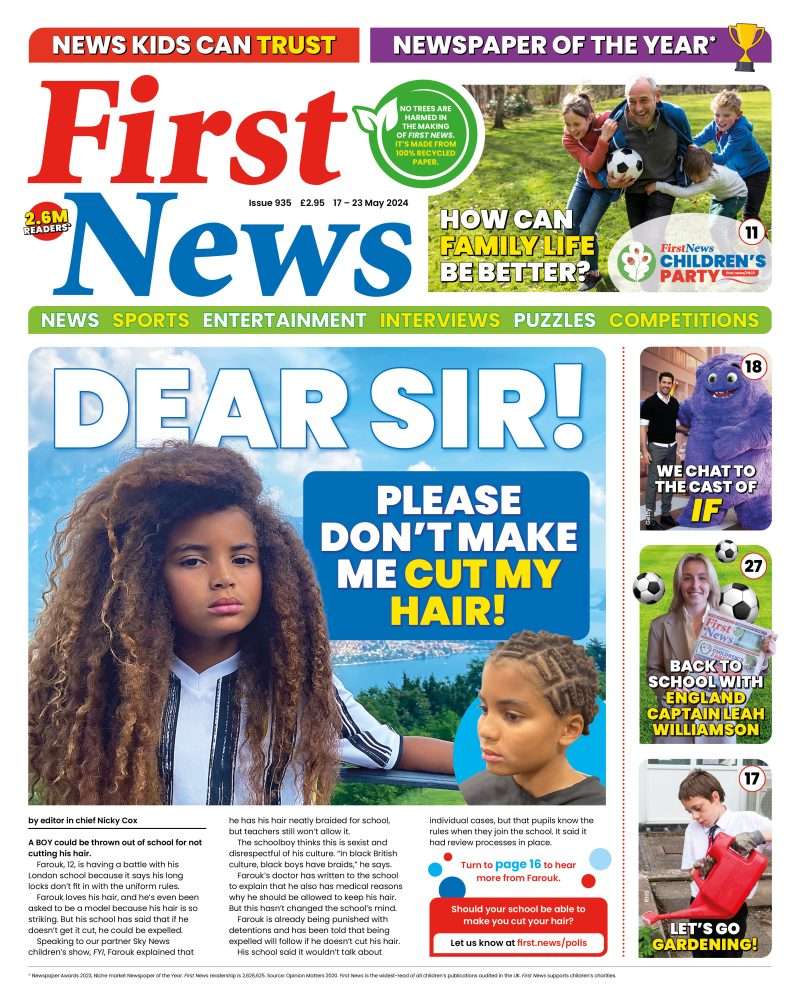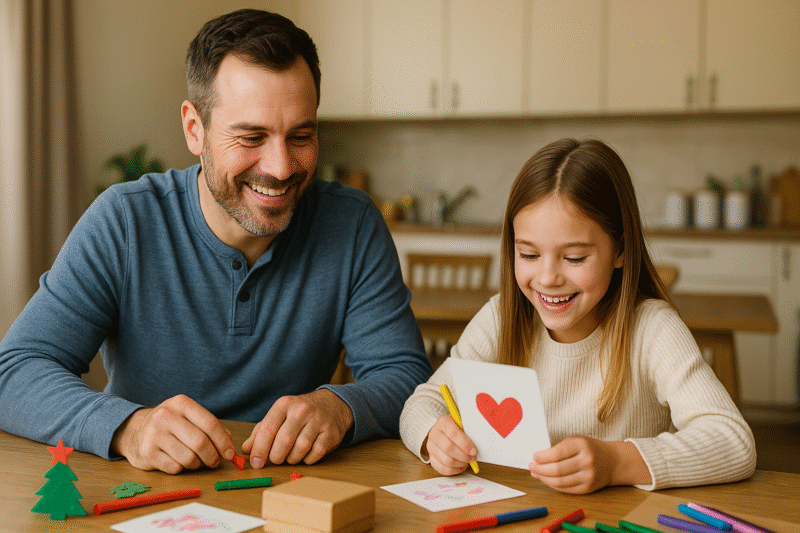In today’s digital age, children are inundated with a deluge of information, making it increasingly challenging to distinguish between fact and fake news.
The key to helping young minds navigate this complex landscape lies in fostering robust media literacy, a critical skill for discerning the reliability of various sources and content. And it’s this last point that First News are directly tackling for children aged 7 – 14.
Understanding Misinformation
Misinformation can manifest in various forms, such as clickbait articles where headlines don’t reflect the actual content, or misleading images intended to provoke emotional responses such as anger or fear. Many studies have shown that a significant percentage of students struggled to differentiate between real news and advertisements.
It’s a challenge to decipher all these when you’re an adult, let alone a child.
AI is everywhere
Since ChatGPT came onto the scene, AI has rarely been out of the news, and it’s also even being used to write the news in some cases. Although AI has lots of positive uses, it’s also being widely used to deceive people – often as a joke, such as with the AI-created pictures of the Pope in a puffer jacket that went viral, but also in deadly serious ways, such as influencing elections. Fake ‘robocalls’ and deepfake videos have been used to put words in politicians’ mouths, and with half of the world’s population taking part in elections this year, there’s never been more need for trusted sources of news to root out the fakes and the phonies.
The Role of Media Literacy
Media literacy involves more than just understanding content; it’s about critically analysing and evaluating the information before accepting or sharing it.
Engaging children in activities like you find on the First News App can be a practical approach to teaching them how to identify misinformation. In the UK, First News helped out with a parliamentary investigation called the Commission On Fake News And The Teaching Of Critical Literacy Skills. The final report showed “only 2% of children have the critical literacy skills they need to tell whether a news story is real or fake”.
That statistic may sound alarming, but kids certainly aren’t alone – it’s become clear that an awful lot of adults are incapable of telling the difference themselves.
Practical Strategies for Parents and Educators
- Find & use reliable sources: Adult media can sometimes present an alarming view of world events so finding a trustworthy, impartial and age-appropriate source of news for children, like First News, is important.
- Critical Thinking and Fact-Checking: Encourage children to adopt a sceptical approach to information, particularly sensational stories. They should learn to check the veracity of information using fact-checking sites.
- Understanding Bias and Perspective: Teach children about confirmation bias—where individuals may believe information that conforms to their existing beliefs. Discussions should include how to identify bias and seek out diverse perspectives to get a more rounded view of the news.
- Interactive and Engaging Learning: Tools like Google Lens can be used to verify images, providing a hands-on method for children to check the sources and context of the information they come across online. And of course, First News has a myriad of interactive & engaging material both on their App and in the hard copy newspapers they send out weekly.
- Discussion and Dialogue: Encourage open discussions about current events and news stories at home and in the classroom, focusing on differentiating between fact and opinion. This not only enhances critical thinking but also prepares them to question and analyse information more deeply.
- Role of Teachers and Parents: As first-line educators, both teachers and parents have a pivotal role in guiding children through the nuances of media consumption. This includes setting examples of responsible information sharing and correcting misinformation when encountered.

Of course, having the right source of news for kids is half the battle – hence why Dadsnet are fully behind the First News mission to help children navigate an increasingly confusing world with honest, accurate and unbiased written and video news content curated especially for them.
Engaging with reliable resources and fostering an environment of scepticism and enquiry are essential steps in protecting our children from the pitfalls of misinformation and shaping them into responsible digital citizens.
If you’d like 20% off a 6 month or 12 month First News Subscription, click here.








